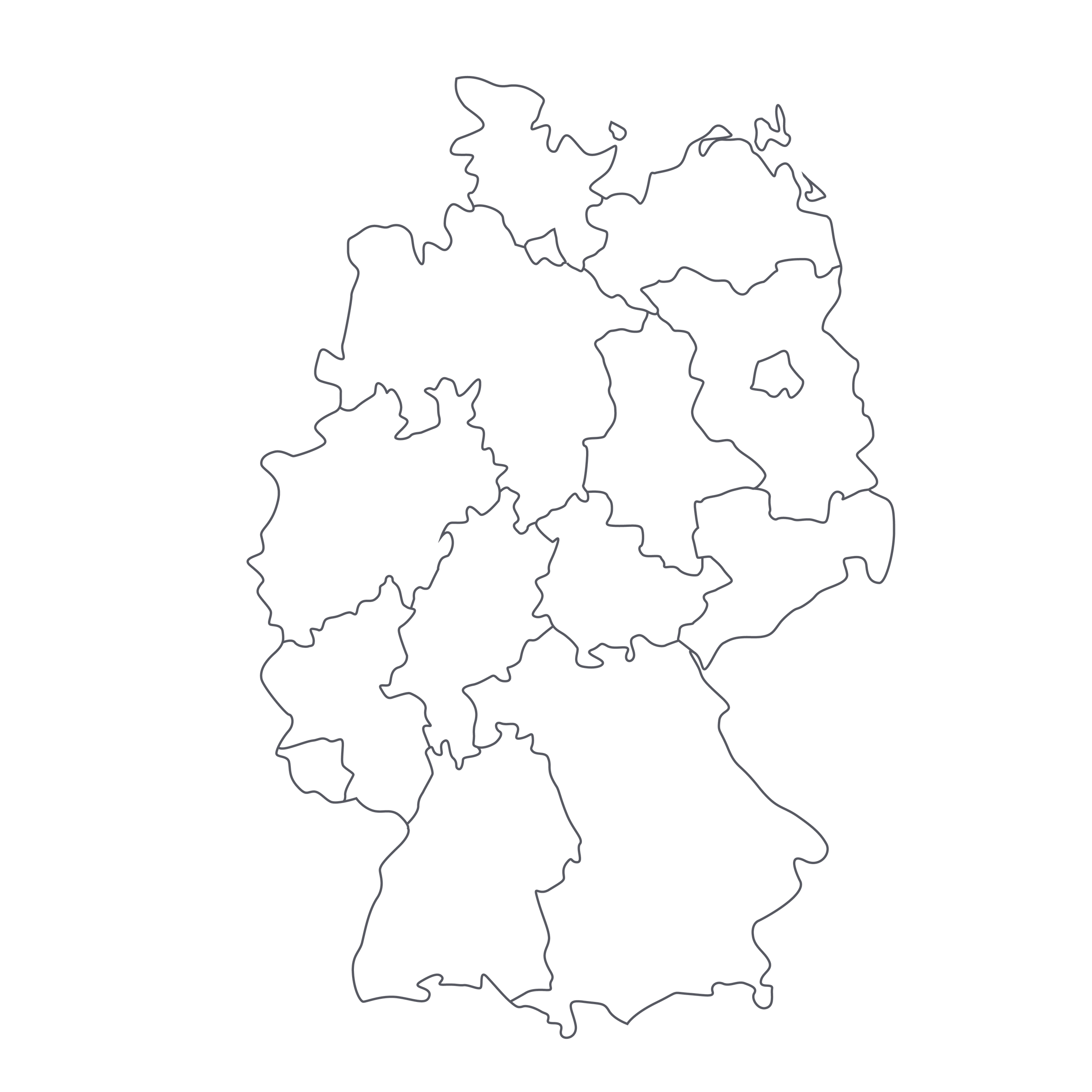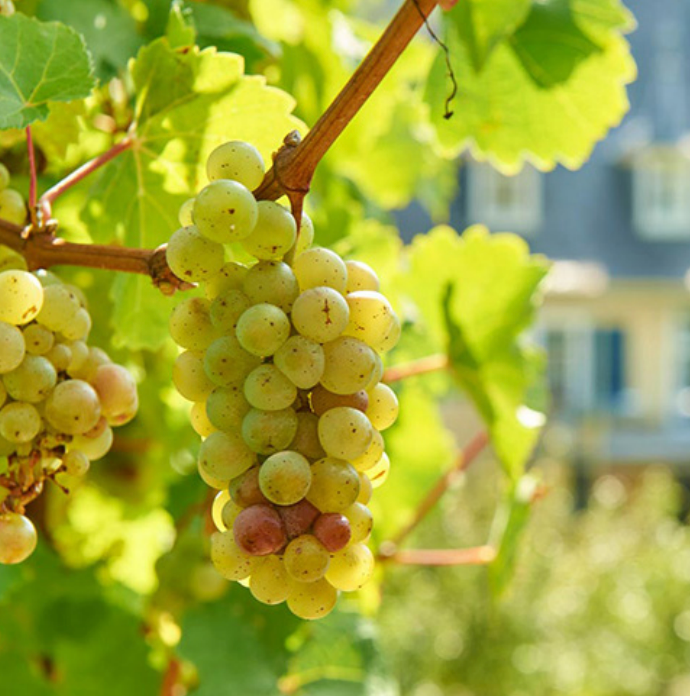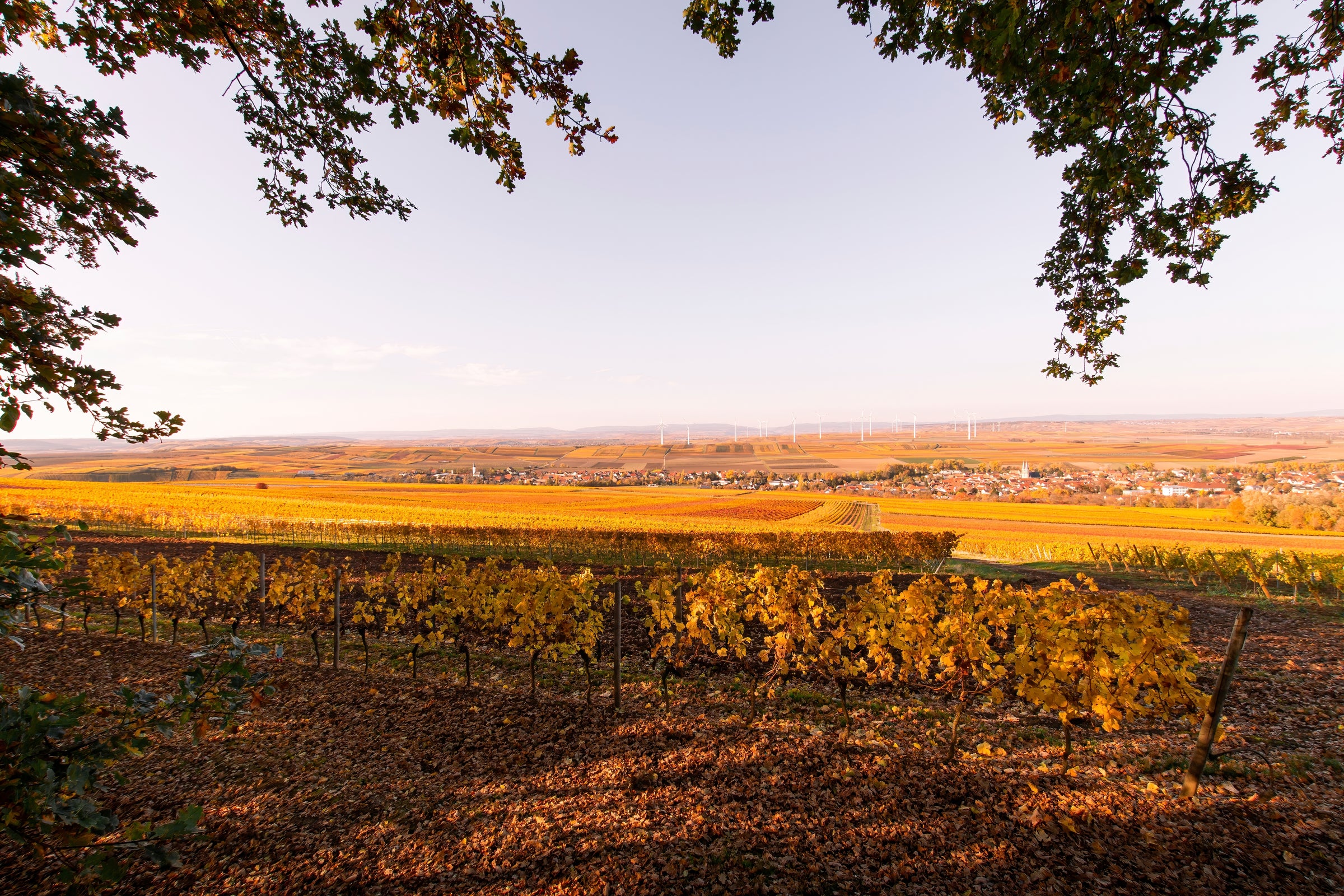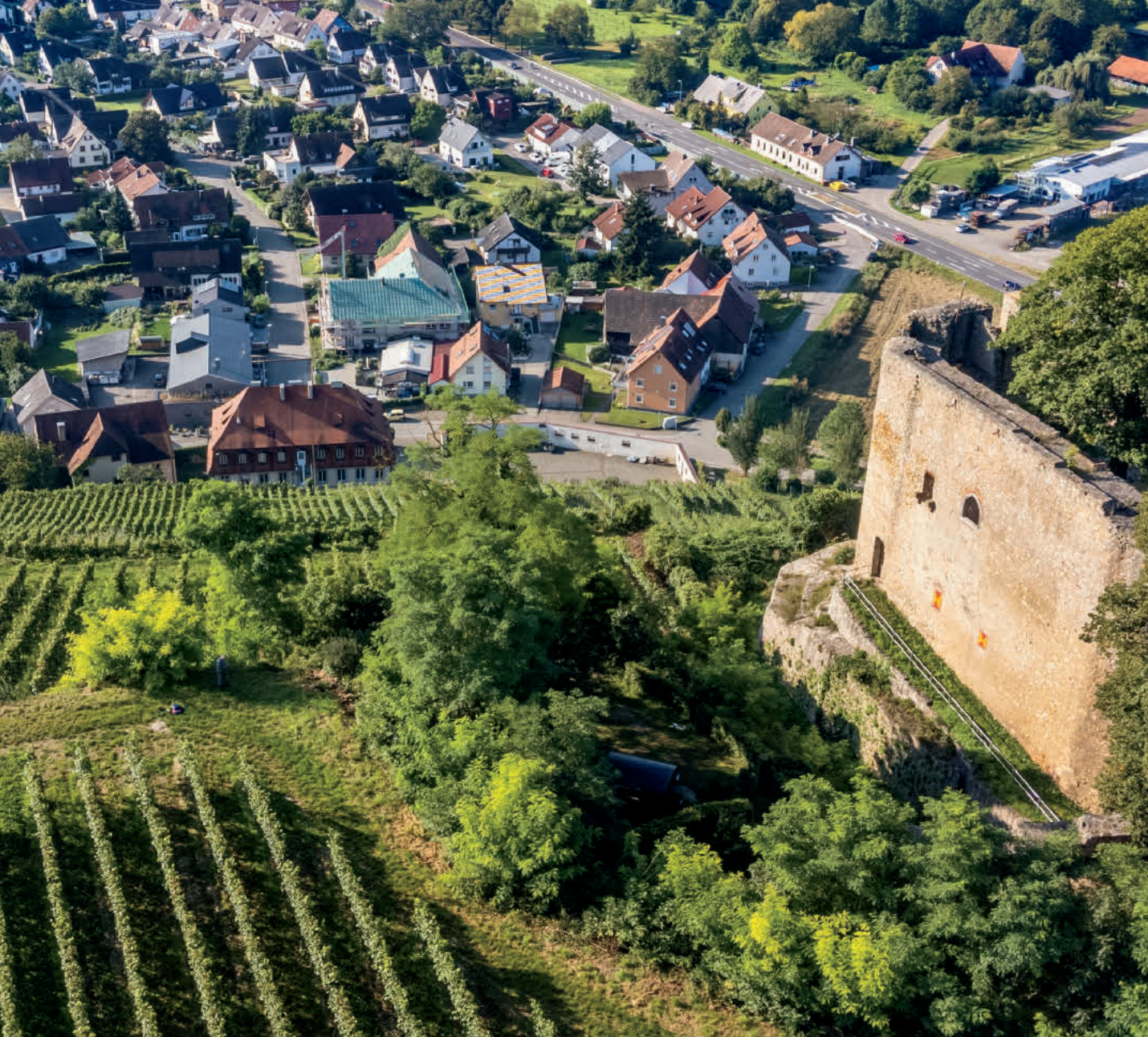The Nahe appellation is located on the west side of Germany, up against the heavily wooded Soonwald forest, just southwest of the Rheingau and only about an hour’s drive from Hamburg. In the quaint village of Monzingen, the Schönleber family has been crafting world class Riesling since as far back as the mid-18th century. There are even documents from the early 19th century that refer to locals boasting about the Schönleber family’s wines! This family’s history is seriously impressive and they have been widely considered one of the top Riesling producers on planet for many years. They grew grapes and made their own wine for many years, and farmed agriculture and raised livestock as well. It wasn’t until the 1960s that the family went full throttle into winegrowing and winemaking. Today, Werner Schönleber and his son, Frank, work the vines and make the wines together. From bone-dry styles to sticky-sweet, this father and son team has crafted a collection of impressive, world-class Riesling.
Their vineyards sit at a 525-820 foot elevation, and are planted in stony soils near the Soonwald forest. Although the region has a relatively cool climate, due to its proximity to the forest, there is abundant sunshine, special microclimates and pockets of heat that rise from the valley to help ripen the grapes. Werner and Frank strive for balance in their vineyards, keeping the soil and vines healthy without harmful products, and they tend to each vine individually with the utmost care. The vines ultimately produce very small yields of tiny, intense grapes that are packed with serious flavor and distinct Nahe minerality. As mentioned above, this wine is made in a Trocken (dry in German) style. Meaning that by law, the wine must have no more than nine grams of residual sugar. The few grams of sugar are allowed to soften the extremely high acidity in the wines; even wines at nine grams taste harmoniously dry, and it is very tough to taste any residual sugar at all. These dry wines are my favorite wines to drink in all of Germany.
The importer Dee Vine wines said the following: “Emrich-Schönleber is what we call our “jewel of the Nahe” because we feel their Rieslings are consistently radiant, crystalline, and shimmering like precision-cut diamonds that taste like Heaven-on-Earth.”
The 2008 Mineral is an intense, bright yellow color with concentrated green hues throughout the wine. The aromatics are complex and savory, driven by peach pit, lime blossoms, yellow apple, green mango skin, honeysuckle, white mushroom powder, petrol and finely crushed stones. The palate is dry with bright acidity, boasting flavors of green apple, green peach, lime zest and fine minerality. I recommend decanting this wine quickly, for about ten minutes, before serving just below cellar temp at 50 degrees and letting the wine rise in temperature. I urge you to not serve this wine too cold, because the wine will seem out of balance due to its high acidity. With a wine like this, I love cold Thai and Vietnamese dishes, but this wine is a chameleon and will go well with thousands of dishes—as long as the food has acidity. For a refreshing spring pairing,
try this Vietnamese Grilled Pork with Rice Vermicelli—you will love it and will be incredible with this wine.






